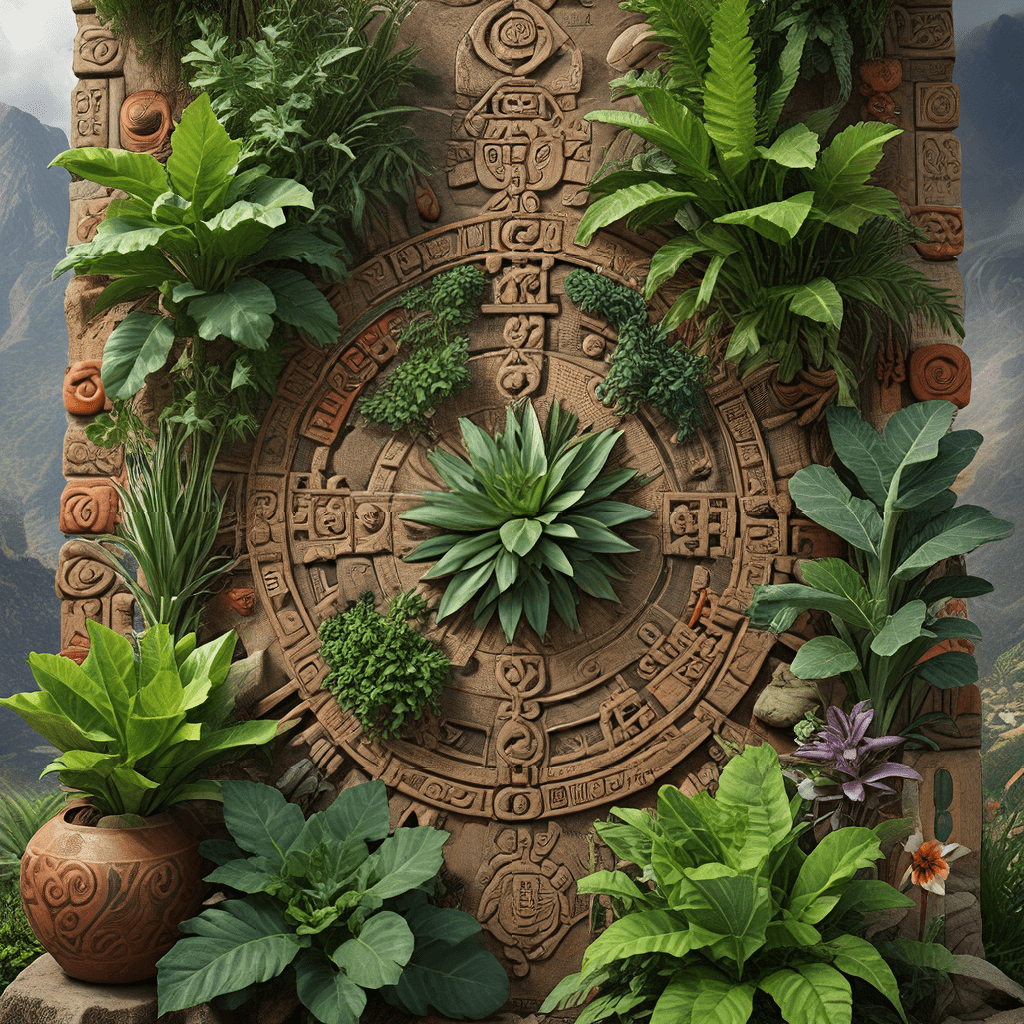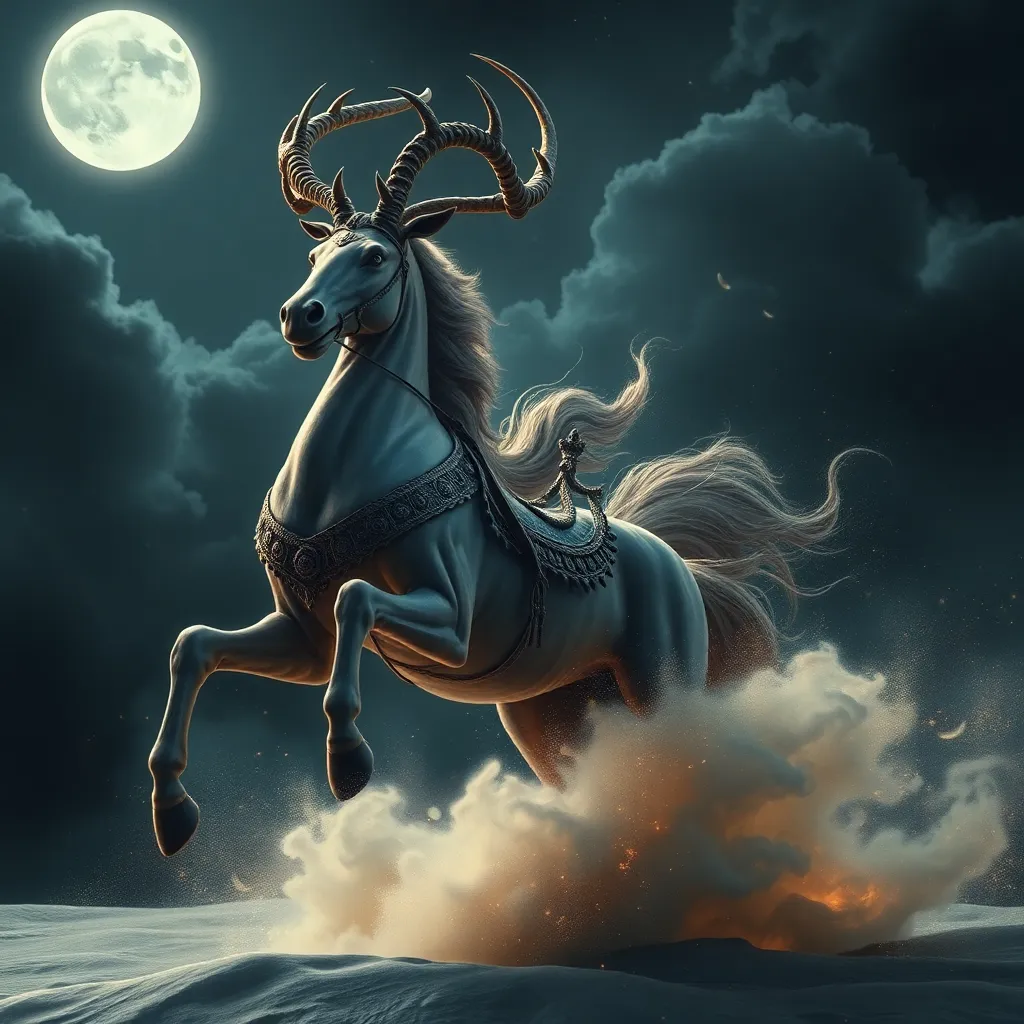The Sacred Realm of Plants in Incan Mythology
The Incan civilization, known for its sophisticated agriculture and advanced social structures, held a deep reverence for the natural world. Plants played a pivotal role in their lives, not just as sources of food and medicine but also as powerful symbols imbued with spiritual significance. For the Incas, the realm of nature was a sacred space teeming with spirits and deities, and plants were seen as intermediaries between the human and divine realms.
This inherent connection to plants is evident in their mythology and rituals. Their religious beliefs intertwined with the bounty of the natural world, leading to a profound respect for plants as living entities imbued with special powers. These beliefs transcended mere practical uses; they formed the basis of a complex system of symbolism and spiritual practices, deeply influencing every aspect of Incan life.
The Role of Medicinal Herbs in Incan Society
The Incas possessed extensive knowledge of the medicinal properties of plants, a legacy that continues to fascinate scientists and herbalists today. Their understanding of botany and healing was based on generations of observation and experimentation, leading to the development of sophisticated medicinal practices. With a deep awareness of the natural world, they identified a wide range of plants for their therapeutic benefits, treating everything from minor ailments to serious illnesses.
Incan healers, known as "curanderos," were highly respected figures in their society. They combined knowledge of plants, astronomy, and spiritual practices to diagnose and treat illnesses. They believed that plants possessed "life force" or "energy," which could be harnessed to restore balance and harmony within the body. The use of medicinal plants wasn't limited to physical healing; it was also an integral part of spiritual rituals, used to purify the body and connect with the divine realm.
Coca (Erythroxylum coca): The Gift of the Sun God
Coca, a shrub native to the Andes Mountains, occupies a central position in Incan mythology. The plant, revered as a gift from the Sun God Inti, was believed to possess divine properties. Coca leaves were used in a variety of rituals, including offerings to the deities and as a stimulant for those engaged in strenuous activities.
The Incas recognized the potent energizing effects of coca, using it to enhance stamina, reduce fatigue, and suppress hunger. The plant's stimulant properties were particularly valuable for people living in the high altitudes of the Andes, where oxygen levels are low and the terrain is challenging. Beyond its practical uses, coca held immense spiritual significance, symbolizing strength, vitality, and the divine power of the Sun God.
Ayahuasca (Banisteriopsis caapi): The Vine of the Spirits
Ayahuasca, a potent psychoactive brew, holds a unique place in Incan mythology and continues to be used in spiritual ceremonies by indigenous communities today. Made from the Banisteriopsis caapi vine and other plants, ayahuasca induces intense visionary experiences, allowing individuals to enter a trance-like state and connect with the spiritual world.
The Incas referred to ayahuasca as the "vine of the spirits" and believed it served as a bridge between the human and divine realms. Shamanic traditions within the Incan culture utilized ayahuasca to communicate with spirits and seek guidance from ancestors. They believed that the plant offered profound insights into the nature of reality and the universe, allowing individuals to transcend ordinary perception and achieve a state of heightened spiritual awareness.
San Pedro Cactus (Echinopsis pachanoi): A Gateway to Other Worlds
The San Pedro cactus, another psychoactive plant revered by the Incas, was considered a sacred gateway to the spiritual realm. This towering cactus, known for its psychoactive properties, played a significant role in rituals and ceremonies, facilitating communication with the spirit world.
The Incas considered the San Pedro cactus to be a sacred plant, representing the power of transformation and spiritual growth. They believed that by consuming the cactus, individuals could access higher levels of consciousness, experience profound visions, and connect with the divine realm. The San Pedro cactus was often used in ceremonies related to healing, divination, and initiation rites, where it served as a powerful tool for spiritual exploration.
The Concept of “Yacumama” – The Mother of the Waters
In the intricate tapestry of Incan mythology, Yacumama, the Mother of the Waters, stands as a prominent and powerful figure. As the personified spirit of the Amazon River, she embodies the life-giving force of water, its nurturing power, and the immense respect the Incas held for the natural world. Yacumama is believed to be responsible for the fertility of the land, the flow of rivers, and the abundance of fish. She was a constant presence in the lives of the Incas, worshipped in rituals, and appeased through offerings, ensuring the prosperity of their communities.
The Incas believed that Yacumama could both bestow blessings and unleash wrath. If angered, she could cause floods, droughts, or other natural disasters. This belief instilled a deep reverence for the waters and a sense of responsibility to maintain a harmonious relationship with nature. The Incas practiced various rituals to appease Yacumama, such as offering coca leaves, food, and precious objects into the water, seeking her favor and protection. Yacumama's story reflects the importance that water held in Incan culture, symbolizing life, sustenance, and the power of nature. It serves as a reminder of the interconnectedness of all living things and the need to respect and protect the environment.
Spiritual Significance of “Muña” (Minthostachys mollis)
Muña, a fragrant herb native to the Andes Mountains, holds a special place in Incan traditions, revered for its medicinal properties and profound spiritual significance. Known for its distinct mint-like aroma, Muña was widely used for its therapeutic benefits, particularly for respiratory ailments and digestive issues. But beyond its practical applications, Muña carried deep spiritual symbolism, representing purity, protection, and connection to the divine.
Incan healers believed that Muña possessed a powerful energy that could cleanse the body and spirit. They often incorporated it into rituals and ceremonies, using its strong aroma to purify the air and create a sacred space for spiritual connection. Muña was also used as a protective element, believed to ward off evil spirits and negative energies. The scent of Muña was thought to attract positive spirits and promote feelings of peace and well-being. In ancient Incan culture, Muña was more than just a herb; it was a sacred plant, embodying the intertwining of physical and spiritual well-being.
Theories on the Influence of Incan Plant Mythology on Modern Practices
The intricate web of Incan plant mythology has left an indelible mark on modern practices and beliefs, influencing everything from traditional medicine to contemporary spiritual practices. The Incan reverence for plants and their medicinal properties has resonated through the centuries, inspiring modern herbalists and healers to explore and utilize the therapeutic potential of natural remedies.
Contemporary herbalism draws significantly from ancient Incan knowledge, incorporating traditional uses of plants like coca, Muña, and San Pedro cactus into modern healing practices. The concept of "plant spirits" and the belief that plants hold a unique energetic essence, both rooted in Incan traditions, resonate within contemporary spiritual practices like shamanism and plant-based healing modalities.
The Incan belief that plants act as intermediaries between the human and spiritual realms has also influenced contemporary spiritual practices like plant medicine ceremonies, where individuals seek to connect with their inner selves and the divine through the use of sacred plants. While Incan plant mythology is deeply intertwined with ancient beliefs and traditions, its influence can be seen in various aspects of modern society, reflecting the enduring power of these ancient practices and their relevance to contemporary life.
The Ongoing Study and Preservation of Incan Plantlore
Preserving and understanding Incan plant knowledge remains an ongoing endeavor for scholars, anthropologists, and indigenous communities who hold this knowledge sacred. The complex tapestry of Incan plant mythology, with its deep interconnectedness between the natural world and the spiritual realm, continues to be a source of fascination and research, revealing a rich history of plant-based healing and spiritual practices.
The exploration of Incan plantlore is crucial for preserving this valuable cultural heritage and understanding the ancient wisdom embedded within these practices. As we delve deeper into Incan plant mythology, we gain insights into the intricate relationship between humans and nature, the power of plants as healing agents, and the profound spiritual beliefs that guided this ancient civilization. Continued research and documentation are essential for ensuring that these traditions are not lost but continue to inspire and guide future generations.
FAQ
**Q: Were the Incas the only ancient civilization to use plants for medicinal purposes?**
A: No, many ancient civilizations around the world utilized plants for medicinal purposes. The Egyptians, Greeks, Chinese, and many others developed sophisticated systems of herbal medicine based on their understanding of the natural world.
Q: How can I learn more about Incan plant mythology?
A: There are many resources available to learn more about Incan plant mythology. You can explore books, research articles, and websites focusing on Incan culture, plant medicine, and Andean traditions. There are also museums and cultural centers that offer exhibitions and educational programs about Incan culture and its relationship with the natural world.
Q: Is it ethical to use plants like coca and ayahuasca in modern society?
A: The use of coca and ayahuasca raises ethical questions. Coca is still used traditionally by indigenous communities in the Andes, but its use in other contexts has raised concerns about potential misuse and exploitation. Ayahuasca, a powerful psychoactive brew, is often used in ceremonies led by experienced shamans, but there are risks associated with its use, particularly when used outside of a traditional and guided context. It's essential to approach the use of these plants with respect, caution, and a deep understanding of their cultural significance and potential risks.




